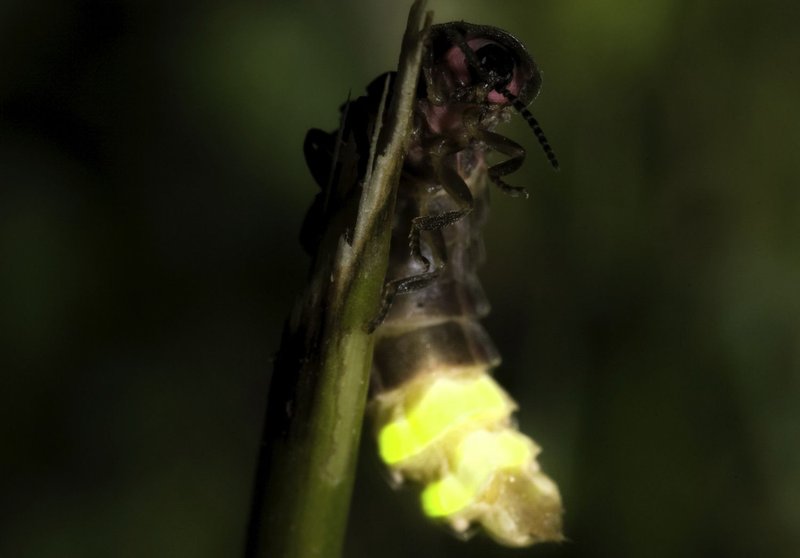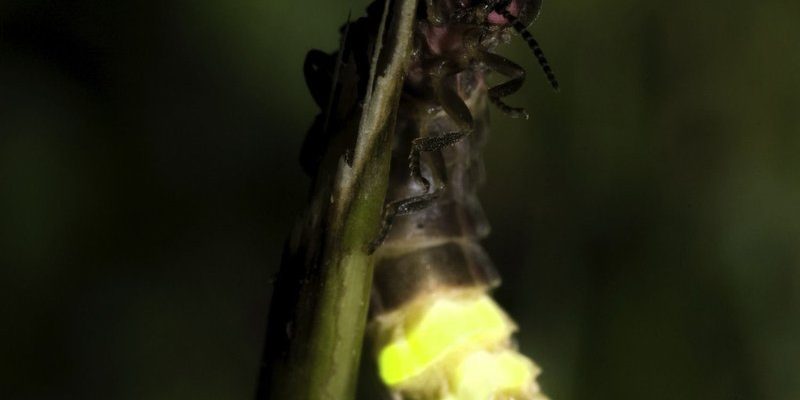
Glow worms, particularly known for their enchanting glow, belong to a group of insects, with the most famous being the *Lampyridae* family. But how do they use light to interact with each other? Let’s dive into the vibrant world of glow worms and uncover how they communicate using light patterns.
What are Glow Worms?
Glow worms aren’t actually worms at all. They are the larvae of beetles, often found in dark, damp environments. When we picture glow worms, we usually think of the glowing light they emit, which comes from a chemical reaction in their bodies. This process is called bioluminescence, and it’s pretty amazing! The glow serves multiple purposes, mainly attracting mates and luring prey.
You might be surprised to learn that not all glow worms glow the same way. Different species exhibit various light patterns, colors, and intensities. Some even have a steady glow, while others might flicker or pulse. This diversity can be compared to how we use different tones of voice or hand gestures while conversing; it adds nuance to their communication.
How Do Glow Worms Communicate with Light?
Glow worms primarily use their light for mating. Males, who are often the ones flying, will emit specific light patterns to attract females. Think of it as sending a text message. The males have to be precise, ensuring their message is clear so that the females respond positively.
When females receive these signals, they might respond with their own light patterns. This interaction can be likened to a dance, where each participant plays a role in the rhythm of communication. If a male’s signal is appealing enough, the female might light up in response, signaling her receptiveness.
Interestingly, the timing and synchronization of these light patterns are crucial. If you think about it, it’s a bit like a duet – both parties need to be in sync to create a harmonious experience. This synchronization is not just important for attracting mates; it also plays a role in deterring potential predators. If a glow worm’s light catches the eye of a predator, a sudden change in pattern can draw attention away from the glow worm itself.
The Science Behind Bioluminescence
So, what makes these little night lights glow? Bioluminescence is a chemical reaction that occurs in their bodies. Specifically, glow worms produce an enzyme called luciferase that reacts with a compound called luciferin. This reaction produces light, and the magic happens without generating any heat, which is why it’s called “cold light.”
The glow can vary in color, mainly green or blue, depending on the species. Some glow worms even change color during different stages of their lives. This change could signify different things, such as readiness to mate or attracting different prey. It’s all part of their survival strategy, blending beauty with function.
Light Patterns and Their Meanings
Now that we know glow worms communicate through light, you might be wondering what those patterns actually mean. Generally, these light displays fall into a few categories:
- Mating Signals: As discussed, males and females use specific patterns to indicate readiness to mate.
- Prey Attraction: Some glow worms use their glow to lure insects closer. The glowing light mimics a safe haven, tricking unsuspecting prey.
- Defense Mechanism: A glow worm can change its light pattern to confuse predators or signal distress when threatened.
This variety in meaning is indeed fascinating! It shows how complex and nuanced their communication can be. Just like in human interactions, where we pick up on non-verbal cues, glow worms rely on these lights to convey different messages.
Are There Different Types of Glow Worms?
Absolutely! While many people think of glow worms as one type of insect, there are actually several species, each with its own unique characteristics and communication methods. Some of the most recognized are:
- Fireflies: Often associated with warm summer nights, these flying beetles are known for their brilliant displays.
- New Zealand Glowworms: Specifically, these larvae emit a strong luminescent glow, often found in caves.
- Larvae of the Beetle: These worms glow during their larval stage and use their light to attract prey.
Understanding the differences among these species allows us to appreciate the role each plays in its ecosystem. The differences in glow patterns further enrich the narrative of how these creatures communicate.
The Role of Environment in Communication
The environment where glow worms live heavily influences their communication. For instance, in dark caves or dense forests, their light becomes a powerful tool for interaction. The darkness enhances their glow and makes their signals more visible to potential mates or prey.
However, in brighter surroundings, their communication could be hindered. This situation is akin to trying to have a conversation in a loud room where you can’t hear each other. The competition from other light sources can disrupt their signals, making it harder for them to attract partners.
Moreover, environmental factors like humidity and temperature can affect their glow intensity. A wet, humid night could be ideal for glowing, whereas a dry and chilly evening might limit their light output.
Why Does This Matter?
Understanding how glow worms communicate through light patterns is not just a fun fact; it sheds light (pun intended!) on larger ecological systems. Their communication methods have implications for biodiversity and the health of ecosystems. By studying them, researchers can gain insights into environmental changes and the impacts of pollution or habitat destruction.
Protecting these delicate creatures can help maintain the balance within their habitats. Plus, who doesn’t enjoy a good glow worm show during a nighttime hike or cave exploration?
In the end, glow worms are more than just fascinating little lights twinkling in the dark. They’re using light patterns in complex ways to communicate, attract mates, and survive in their environments. Their unique method of communication not only highlights the wonders of nature but also emphasizes the importance of preserving these delicate ecosystems.
So, next time you see those twinkling lights on a summer evening, remember they’re sending messages to one another, and you’re witnessing a beautiful conversation in the world of glow worms. Understanding their glowing language can deepen your appreciation for these enchanting creatures and the natural world around you.

